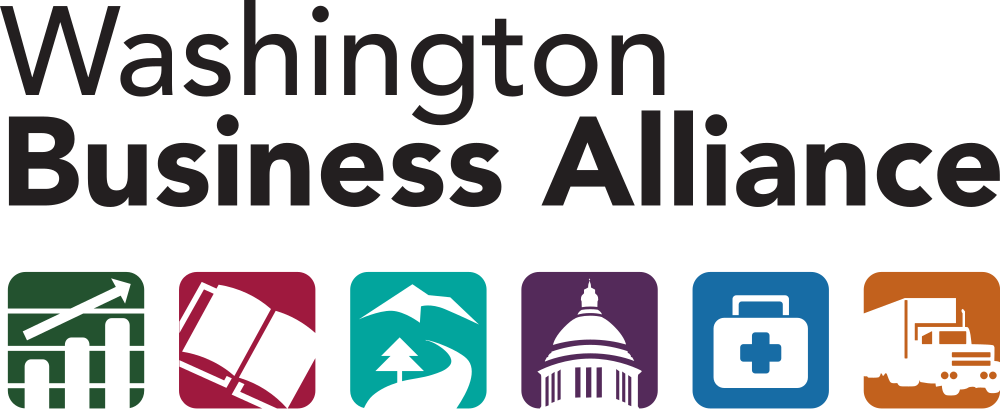by Hans D. Stroo on May 9, 2014
New jobs created within the science, technology, engineering and math – or STEM – fields are overwhelmingly within computer science occupations. By 2018, 71 percent of the projected 8.65 million U.S. STEM jobs will be in computer science. By 2020, the Bureau of Labor Statistics projects one million computer science jobs will go unfilled in this country because of a lack of qualified domestic candidates. What’s more, the national skill shortage is particularly strong in Washington state.
In the most recent Employment Projections report, Washington’s Employment Security Department identifies computer occupations as among the fastest growing and highest paying. Yet the state is not producing homegrown computing talent fast enough to keep up with the demand. Less than three out of every one thousand Washington students took AP Computer Science in 2013. The state’s skill gap around computer science dwarfs that found in other STEM fields.
* for research, science, technical and health fields, the gap exists at the graduate and professional degree level only.
Washington Student Achievement Council and Washington State Board for Community & Technical Colleges, “A Skilled and Educated Workforce: 2013 Update.”
- Hadi Partovi, co-founder of the organization Code.org which recently announced it will be helping launch permanent computer science programs in 11 WA school districts
The challenge of developing the state’s computer programming talent pipeline was analyzed last week at the Washington Education Innovation Forum, hosted the University of Washington’s Center on Reinventing Public Education (CPRE). Among the discussants were two local high school girls engaged in computing education, and Hadi Partovi, co-founder of the Seattle-based education nonprofit Code.org.
Partovi talked about challenges ahead for the Code.org mission of expanding participation in computer science; accenting tension between wanting fast progress, and the danger of overloading the system with mandates before the supply of computer science-certified teachers is large enough. “Whether it’s top-down mandates or a bottom-up rise, we need those two to meet, especially at the district level and the state level.”
“In terms of what Olympia can do” to help set the stage for more computer science instruction in Washington state high schools, Partovi suggested:
- creating clear benchmarks of what certain courses should cover;
- clarifying teacher certification pathways;
- creating some form of computer science certification or “endorsement”;
- providing incentives like salary boosts for teachers who get certified; and
- designing incentives for schools to teach computing.
“The ideal thing would be requiring that schools teach it,” Partovi stated. “Although that’s the sort of thing you’d want to do only after the pipeline of teachers is large enough that it’s not just suddenly breaking the system.” Capacity-building is key, or else solutions will not be technically sustainable or politically viable. Partovi said much groundwork would need to be laid before computer science education could be greatly expanded.
In December of 2013, Code.org led a coding education exercise that engaged over 20 million students across the world in just one month. Almost 600,000 of those students were in Washington State.
Now the organization is moving beyond online training modules. Code recently announced partnerships with 30 school districts across the country, 11 of which are in Washington. Starting in Fall of 2014, Code will implement permanent computer science programs in these 11 Washington districts by training existing math and science teachers to teach computer science. “The beauty” of the Code.org approach, according to Partovi, is that “the school doesn’t need to hire anyone new. There’s no budget change.” The Washington districts are:
- Bainbridge Island School District
- Bremerton School District
- Central Valley School District
- Cheney School District
- East Valley School District (Spokane Area)
- Enumclaw School District
- Highline School District
- Shoreline Public Schools
- Spokane Public Schools
- Tukwila School DIstrict
- West Valley School District (Yakima Area)
- Rainier Beach sophomore Ifrah Abshir got hooked on computer science when she created her first app with the help of volunteers from Microsoft and Amazon.com
At the event, Rainier Beach sophomore Ifrah Abshir attributed her involvement with computer science to the Technology Education and Literacy in Schools (TEALS) program and the lure of learning from real world software engineers at industry-leading companies like Microsoft, Amazon, and Google.
The TEALS program now extends to 70 schools in 12 states, but it’s scope was more limited when Abshir encountered it while enrolled in the Seattle Public Schools system. Abshir described the satisfaction she discovered from learning computer programing. After creating her first app – “a geometry game” – Abshir said, “I realized that I like creating things… [I liked] seeing other people play the finished product. That made me proud.”
Holy Names Academy computer science student Megan Fu advised educators to pique student interest and engagement by building classes around app design and the sort of programming that kids can connect to through their everyday lives.
To Washington residents who want to spread computer science education access and engagement statewide, Partovi advised they make their commitments known to local school districts, principals, K-12 teachers, and elected officials.
